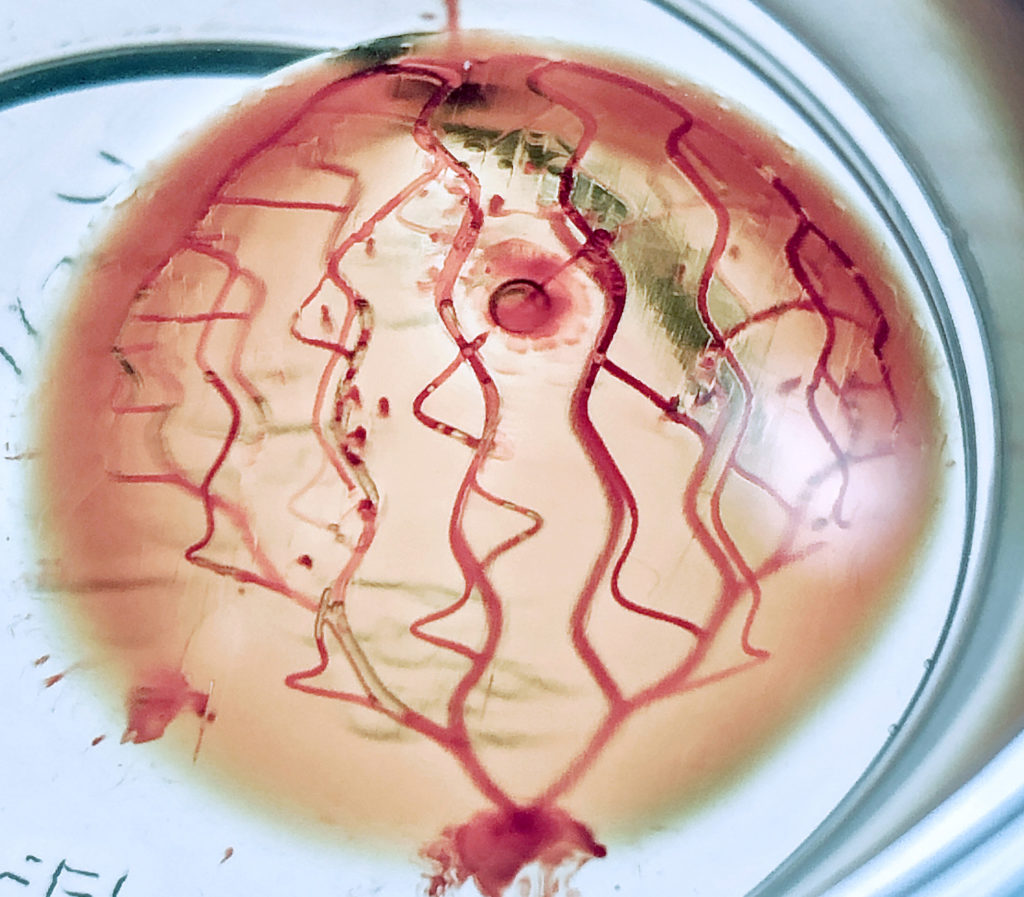3D Systems (NYSE: DDD) CEO Jeff Graves attended the SmarTech – Stifel AM Investment Strategies 2021 summit on September 9, 2021. His leadership of 3D Systems has seen the firm sell off its parts production service business and make a move to focus more on healthcare. Recently, the firm partnered with Collplant to 3D print collagen, while it is also working on a 3D printing process for bioficial lungs. The company also bought bioprinting firm Allevi and simulation company Additive Works. Below you can listen to Jeff discuss his future plans for 3D Systems on the 3DPOD.
3D Systems is a pioneering 3D printing company that started with the invention of stereolithography (SLA) by 3D Systems founder Chuck Hull. For a while the company commercialized and expanded that technology alone. SLA is well suited for highly detailed smooth models which lead to success in hearing aids, dental molds, castings and prototypes. It also limited 3D Systems’ future because SLA was limited in its ability to make end use parts that stood up to the heat and forces needed. An acquisition of DTM let 3D Systems enter into the powder bed fusion market in 2001.
TOYOTA Gazoo Racin automotive grill CNC fixture
When the public interest in 3D printing grew, 3D Systems, under then-CEO Avi Reichental, embarked on a buying spree acquiring over 43 companies in a short time span. It entered (and subsequently left) the desktop FDM business and bought metal 3D printing firms. The company also significantly expanded into software and acquired 3D scanning businesses specifically. This hyperactive period lead to an unwieldy firm that was not integrated. 3D Systems had bought itself a future but it was a mess. Subsequent CEO Vyomesh Joshi integrated the firm and worked on making it more coherent and synergistic. Now, it’s Jeff Graves’s turn to pilot 3D Systems to a bright future.
3D bioprinted soft tissue scaffold with vascularization channels perfused with red ink designed and produced using 3D Systems’ and CollPlant’s. Image courtesy of 3D Systems.
Today, 3D Systems focuses on healthcare and industrial 3D printing solutions in metals and polymers. It is developing larger 3D printers to enable more manufacturing. The two most prominent of these larger systems are the Figure 4 and a new, yet-to-be-released metal 3D printer. Figure 4 is a resin production 3D printer with a much higher level of throughput than traditional systems. It was made from the ground-up to manufacture specifically for markets such as hearing aids and dental. The system performs well, but adoption has been slow to take hold, at least as far as we know. 3D Systems is also working on a metal printer with a build volume of one meter by one meter by 600 centimeters and with nine lasers. This will be a complex beast of a project to commercialize, but the payoff will be significant if it comes to market.
On the whole, 3D Systems is a diversified 3D printing company that has significant revenue from software, material, and machine sales. It has activity in many markets, including strong dental and hearing aids. Its thermoforming solutions could point to more business in mass customization later. Its sintering machines would need to improve in order for them to gain new market share.
But the firm’s bet on medical is a good path towards sustained growth. Medical is a high-margin affair and interest in orthopedic implants and surgical guides is exploding. The orthopedics market alone is sure to be a significant one with much growth going forward. Orthopedic implants sit at a confluence of mega-trends where an aging population is also having aspirations of a more active life. Where before a person may need one knee surgery, now they may be alive long enough to have the implant replaced with a new one. Obesity will make a lot of these implants more likely, while they are also increasingly accessible to people in countries such as Brazil and Indonesia. So, orthopedics alone is enough to justify much 3D printing optimism. The bet on bioprinting and the company’s investments there will take a long time to come to fruition, but they seem wise. Bioprinting has huge potential and very few public firms are active in the space.
